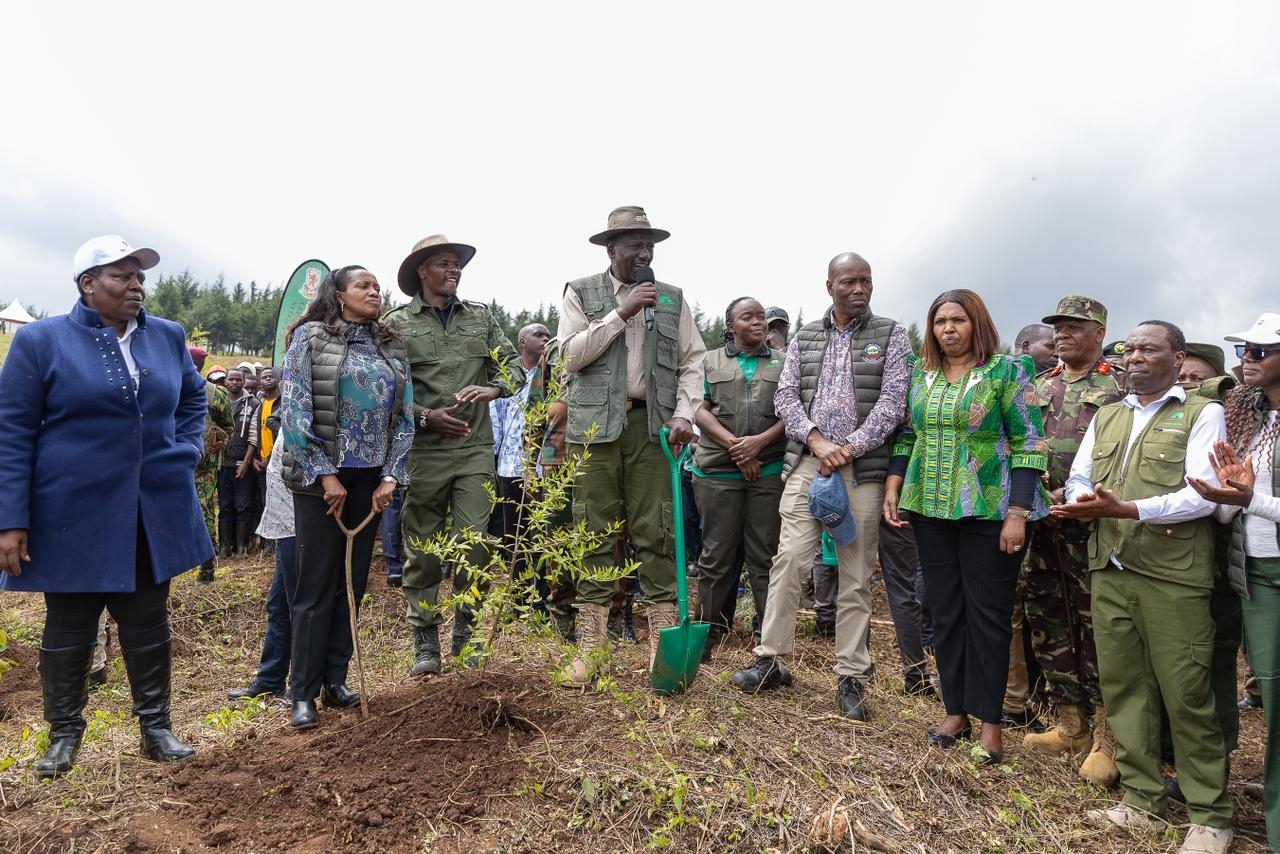Preterm birth is a major cause of prenatal mortality in Kenya and across the globe. Health stakeholders are making concerted efforts to enhance child survival.
According to the Ministry of Health, at least 134,600 babies are born preterm in Kenya, with the country recording 362 maternal deaths for every 100,000 live births.
However, a lot has been done across counties to reduce preterm mortality.
A tour of the Western counties of Bungoma and Busia shows all that is needed is goodwill and the dissemination of proper information to expectant mothers on how well they can ensure both lives of the mother and the newborns are saved.
For instance, in Busia and Bungoma Teaching and Referral Hospitals, a partnership between the county governments and a non-governmental organization Save the Children, ensured more than 6,000 preterm babies were saved since 2014.
This has been facilitated by training health workers on how best to teach mothers with preterm babies on the practice of kangaroo care as well as the establishment of more NBU and NICU facilities to cater to preterm babies.
Kangaroo care is a method of holding a baby in skin-to-skin contact. This happens when a baby who is naked is placed in an upright position against a parent's bare chest. This practice is effective for use for both mother and father with premature infants while still within a health facility.
Kangaroo care practice was developed to take of premature babies in places with limited access to incubators.
Kizito Khisa and Winrose Ochieng are a couple with preterm babies. They praised kangaroo care as it saved their children's life.
Kizito said his twins were born with 1.3kg and 1.6kg respectively. Their health improved significantly after they were both introduced to kangaroo care.
"After practising it for a month, I can attest that there was significant improvement in breathing pattern as well as weight gain. Our babies showed an improvement in kilogrammes of up to 1.8 and 2.1kg respectively. We thank God it has been three months now, they weigh 5.2 and 5.4kg."
Here are photos documenting the care of preterm babies and the transition from incubators to kangaroo mother care practice. They are taken in dedicated Mother-Newborn Intensive Care Units at health facilities in the counties of Bungoma and Busia.












